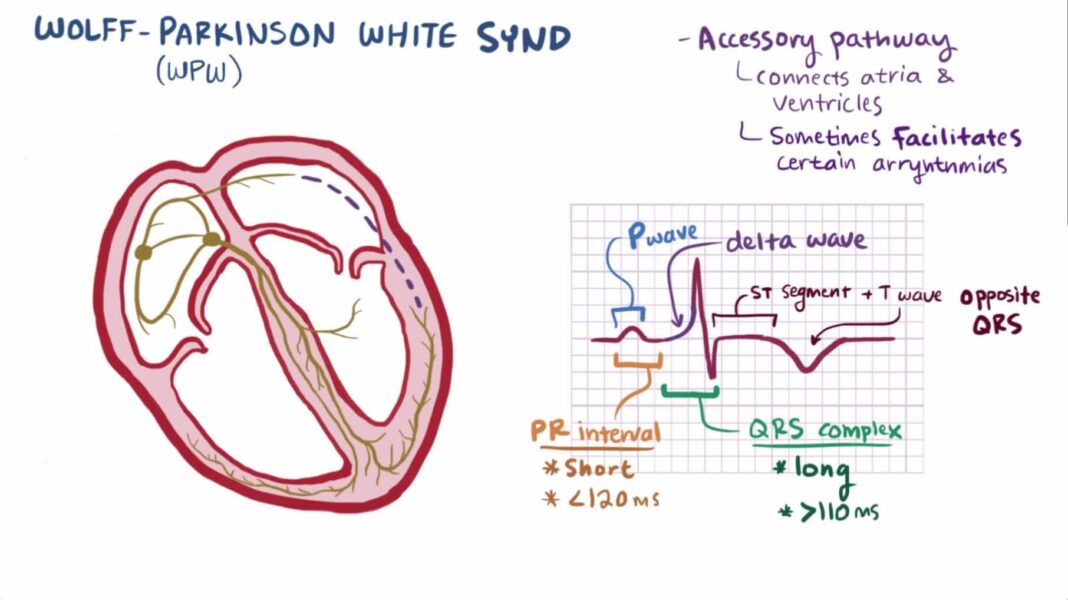Vasovagal syncope happens when you faint because the body overreacts to certain triggers, such as the sight of blood o extreme emotional distress. Also, the vasovagal syncope can be called neurocardiogenic syncope. The vasovagal syncope can trigger your heart rate and blood pressure to drop suddenly. This is leading to reduced blood flow to the brain which is causing you to briefly lose consciousness. The vasovagal syncope is usually harmless and it requires no treatment.
But it is possible to injure yourself during a vasovagal syncope episode. Your doctor can recommend tests to rule out more serious cases of fainting, such as heart disorders. There are no always chances to avoid this syncope episode. If you feel like you might faint, then you should lie down and lift your legs. You should try to avoid the triggers of this syncope as much as you can, such as standing for a long time or the sight of blood. You should try to do moderate exercise training because prolonged exercise can increase your risk of vasovagal syncope.
You should stop using medicines which can lower the blood pressure, such as diuretics. You should eat a higher salt diet which can help you to keep up the blood volume. You should drink a lot of fluids because it can help to maintain the blood volume. You should wear compression stockings or abdominal binders because they can help you to prevent the vasovagal syncope. [1,2]
There are some cases when you may need medicines to help control the vasovagal syncope. But there should be done a lot more studies about the effects on medicines for this condition and usually, medicines are given to people who have multiple episodes of fainting.
In the most cases, the treatment for this syncope is not necessary. Your doctor can help you to find your triggers and it can help you to avoid them. But when the vasovagal syncope makes problems in your life, then your doctor can help you with some treatments. You should tell your doctor if you have used some kind of medicine for this syncope, so he or she can give you the right treatment.
Vasovagal Syncope Symptoms

Before you faint due to the vasovagal syncope, you can experience some of the following symptoms [1,2]:
- Blurred vision
- Pale skin
- Yawning
- Lightheadedness
- A cold, clammy sweat
- Tunnel vision – your field of vision narrows so that you see only what is in front f you
- Feeling warm
- Nausea
When you are having a vasovagal syncope episode, bystanders can notice:
- Dilated pupils
- A slow, weak pulse
- Jerky, abnormal movements
The recovery after a vasovagal syncope episode generally begins in less than a minute. If you stand up too soon after fainting (in a period of 15 – 30 minutes), then you have a risk of fainting again.
The fainting Vasovagal syncope happens when you faint because the body overreacts to certain triggers, such as the sight of blood o extreme emotional distress. can be a sign of more serious cVasovagal syncope happens when you faint because the body overreacts to certain triggers, such as the sight of blood o extreme emotional distress. condition, such as brain or heart disorder.
You should talk with your doctor after a fainting spell, especially if you never had one before. Your doctor will review your medical history and he or she will make a physical exam. He or she will measure your blood pressure while you are lying down, seated and then standing.
Vasovagal Syncope Causes
It is known that the vasovagal syncope is happening when the part of your nervous system which regulates your heart rate and blood pressure malfunctions in response to a trigger, such as the sight of the blood. The heart rate slows and the blood vessels in the legs widen (dilate). [3]
This is allowing the blood to pool in your legs which is lowering your blood pressure. When the drop in the blood pressure and slowed heart rate are in combination, then it quickly reduces the blood flow to your brain and you faint. There are some cases when there is no classical vasovagal syncope trigger. The most common triggers for the vasovagal syncope include:
- Straining, such as to have a bowel movement
- Standing for long periods of time
- Dehydration [4]
- Fear of bodily injury
- Heat exposure [5]
- Skipping meals
- Having blood drawn
- The sight of blood or a needle [6]
- Prolonged exercise
- Seeing blood [6]
- Intense emotion, such as fear [7]
Also, there can be other triggers, such as
- Urinating
- Coughing
- Swallowing
References:
[1] Miller TH, Kruse JE. Evaluation of syncope. American Family Physician. 2005;72(8):1492-500.
[2] Arthur W, Kaye GC. The pathophysiology of common causes of syncope. Postgraduate Medical Journal. 2000;76:750-3.
[3] Adlakha H, Gupta R, Hassan R, Kern JH. Association between baseline blood pressures, heart rates, and vasovagal syncope in children and adolescents. Cureus. 2018;10(1):e2119. doi:10.7759/cureus.2119
[4] Kidd SK, Doughty C, Goldhaber SZ. Syncope (Fainting). Circulation. 2016;133:e600–2.
[5] Aydin MA, Salukhe TV, Wilke I, Willems S. Management and therapy of vasovagal syncope: A review. World Journal of Cardiology. 2010;2(10):308–15. doi:10.4330/wjc.v2.i10.308
[6] Han BI, Oh HJ, Bang OY, Lee JH. Successful treatment of vasovagal syncope due to blood-injury phobia by physical maneuvering. Journal of Clinical Neurology. 2006;2(1):66–9. doi:10.3988/jcn.2006.2.1.66
[7] Gracie J, Baker C, Freeston MH, Newton JL. The role of psychological factors in the aetiology and treatment of vasovagal syncope. Indian Pacing and Electrophysiology Journal. 2004;4(2):79–84.




